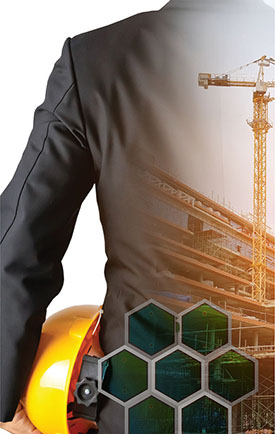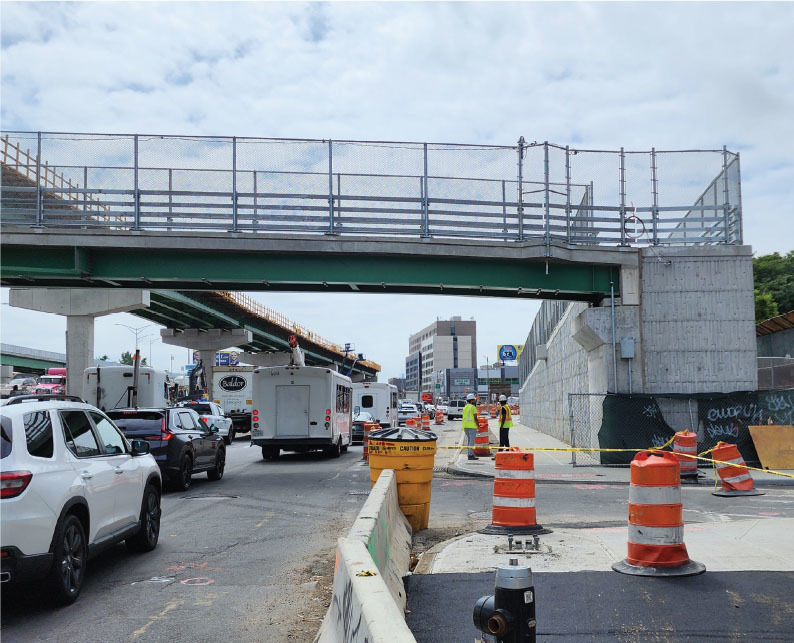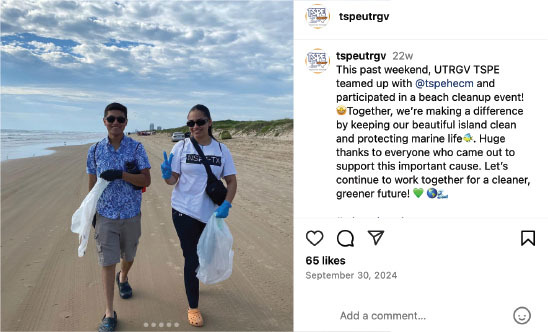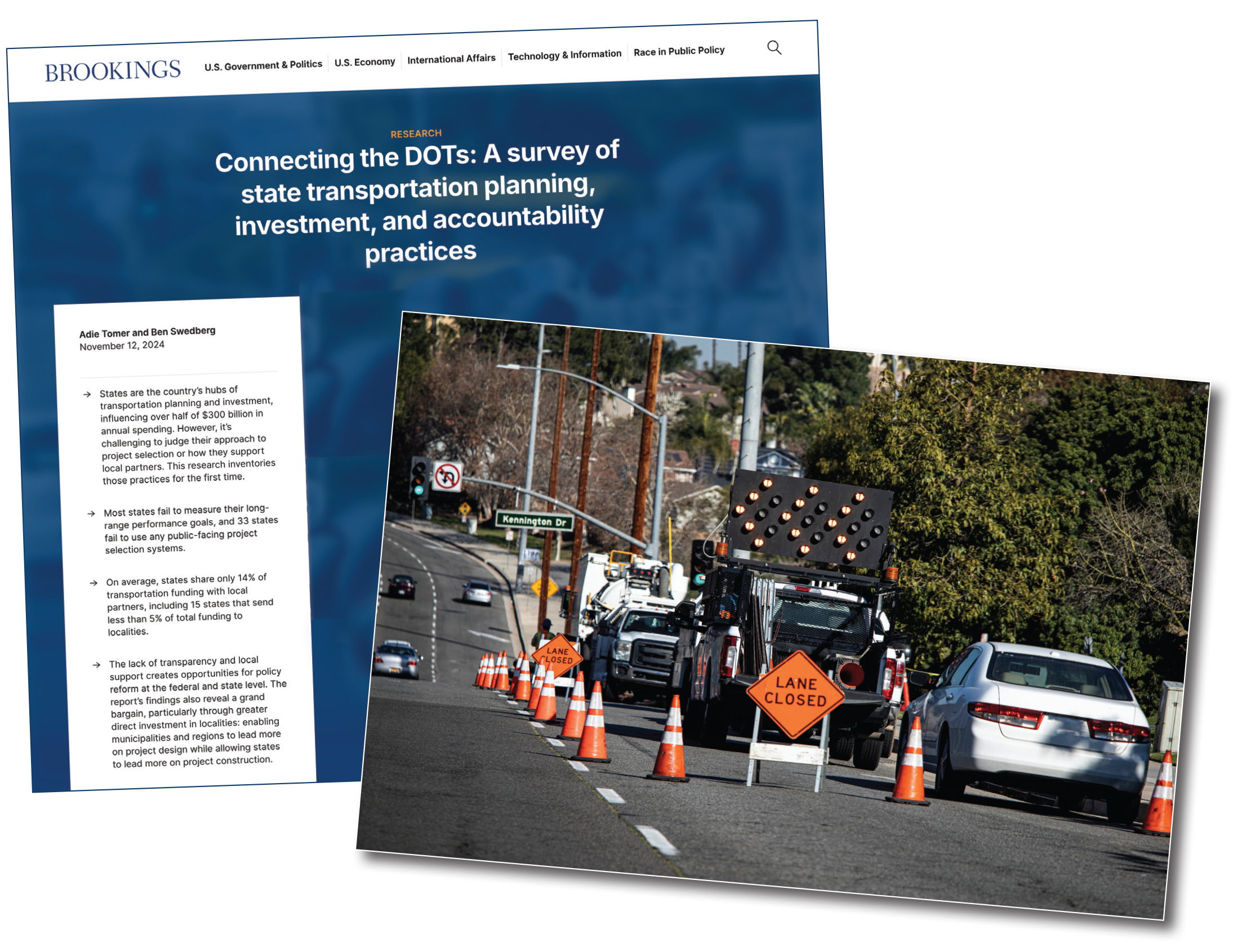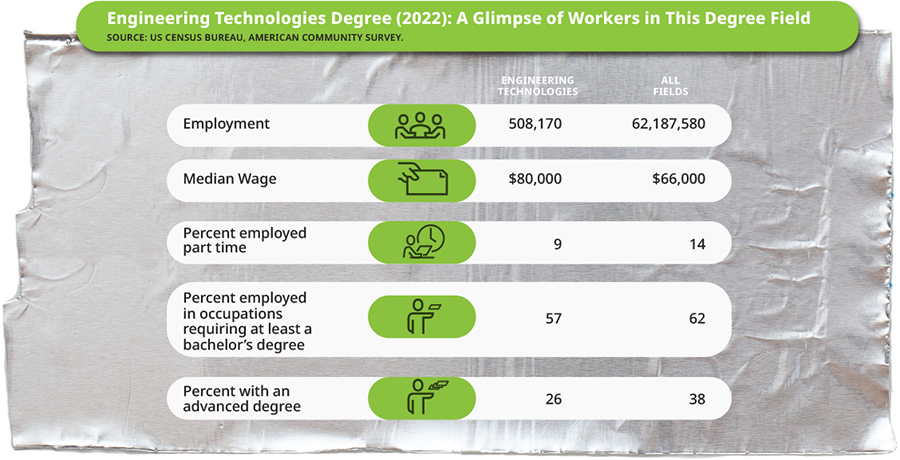Maui County, Hawaii, experienced great devastation during an unprecedented wildfires event. Professional engineers are playing critical roles in recovery and rebuilding efforts.
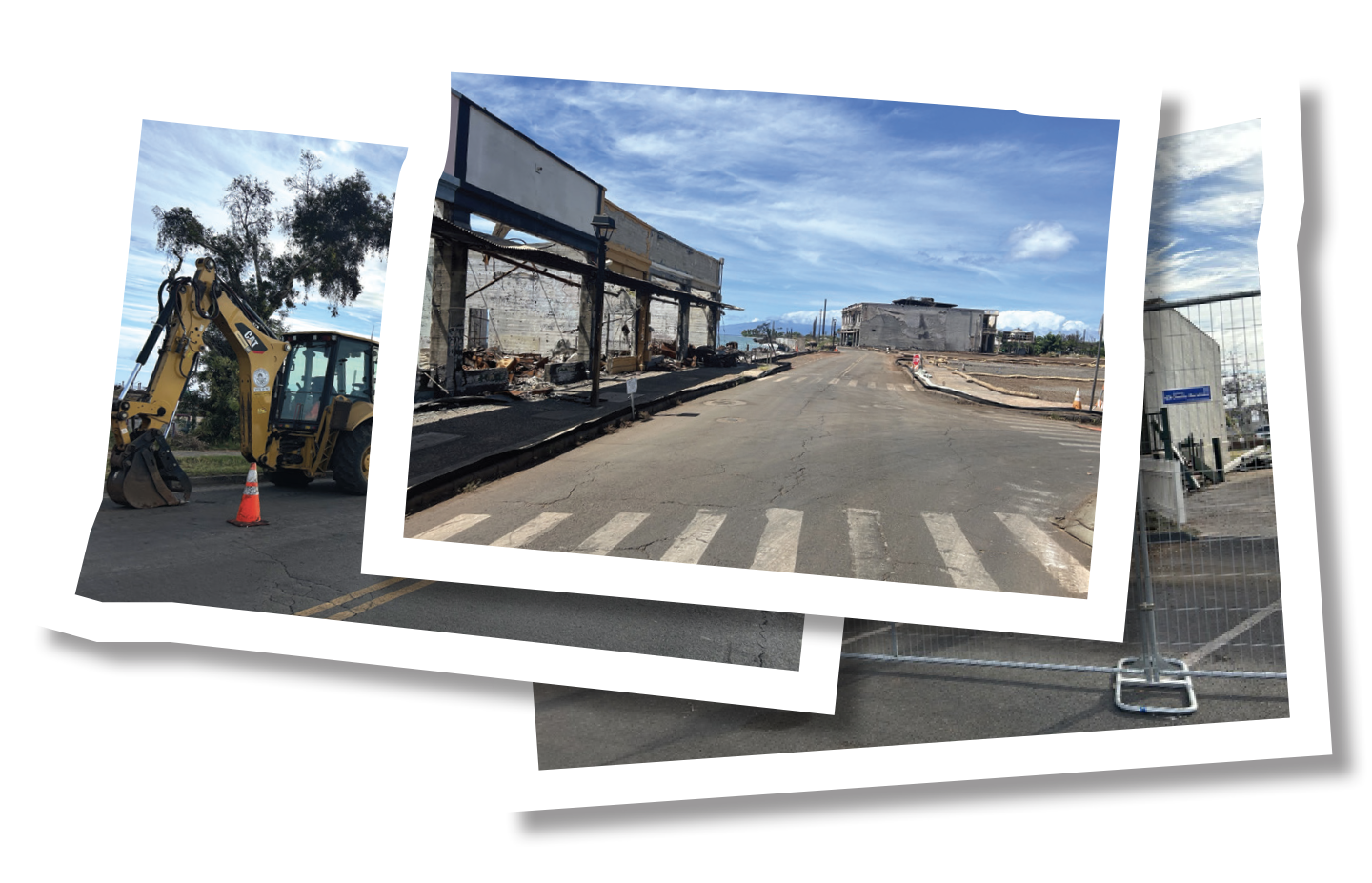
On August 8, 2023, in Maui County, Hawaii, the normalcy of life was interrupted by unprecedented disaster. Severe drought conditions and high, damaging winds produced by Hurricane Dora set the stage for the deadliest wildfires in the US in nearly 100 years (according to the Environmental Protection Agency). A fire, sparked by downed powerlines and fueled by wind gusts of over 80 miles per hour, impacted multiple areas of Maui and destroyed most of the town of Lahaina. The devastation ended with the loss of 107 lives. The fire affected approximately 1,550 parcels and 2,200 structures, leaving residents displaced and businesses destroyed.
In the wake of the wildfires, NSPE and the Hawaii Society of Professional Engineers extended support and stood ready to provide insight and resources on disaster responses, assessments, and resilient community building. HSPE’s Maui Chapter also partnered with the state chapters of ACEC, ASCE, the American Water Works Association, Engineers and Architects Hawaii, IEEE, and SEA to form the Kāpili Maui scholarship endowment fund for students whose lives were impacted by the fires. The name of the endowment fund resonates with the engineering profession as "Kāpili" translates to build, put together, mend, fix, repair or unite.
Collaboration is Essential to Recovery
Lahaina is home to some of Hawaii’s oldest and most significant historical structures. The damage caused by the wildfire was unparalleled, not only in terms of physical destruction, but also in the immense cultural loss, says John R. Smith, P.E., the recovery administrator in the County of Maui’s Office of Recovery (OOR). In this position, Smith works with local, state, and federal leadership to guide recovery strategies that take a long-term holistic approach. The county employs numerous licensed and unlicensed engineers across its infrastructure departments and in the Department of Management, which houses the OOR.
Smith knows firsthand how deeply this disaster impacted the community. Prior to taking on the recovery administrator role, he served in the Department of Public Works and coordinated infrastructure recovery efforts. "While Maui is known globally, those of us who call it home understand that it feels more like a small town. The losses experienced by our friends, families, and colleagues were personal, and we continue to feel this impact every day."
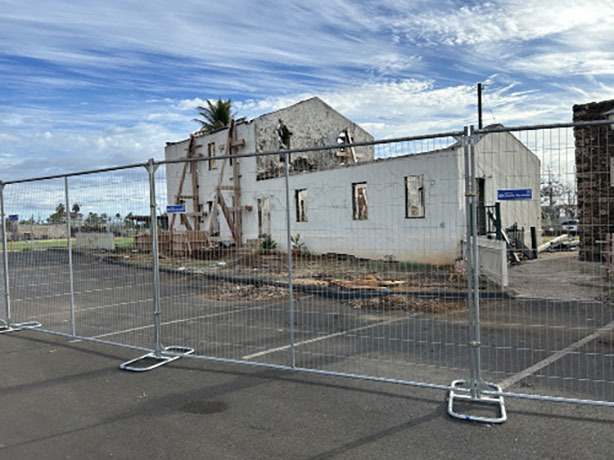
The initial wildfire recovery response involved restoring critical infrastructure—such as water, wastewater, and road systems—as well as coordinating debris removal efforts in collaboration with federal, state, and county leadership. The US Army Corps of Engineers (USACE) – Honolulu District continues to play a significant role in ensuring safe debris removal and storage. The USACE recovery field office is led by Lt. Col. Collin Jones, P.E.
This event also introduced a unique engineering challenge. It was the first large-scale wildfire to involve a significant number of electric vehicles and residential battery storage systems, says Smith. The combustion of these batteries introduced complex safety and environmental challenges. "Addressing these hazards required extensive coordination among FEMA, the EPA, the USACE, and other fire response agencies, ultimately leading to the development of new protocols for managing battery-related fire debris safely and in an environmentally responsible manner."
The knowledge and skills of engineers is often placed on full display during emergency responses to a disaster. PEs jumped into action by forming an infrastructure recovery and support task force. This team of engineer leaders have been instrumental with ensuring that projects are approached with a comprehensive understanding of how infrastructure systems are interconnected.
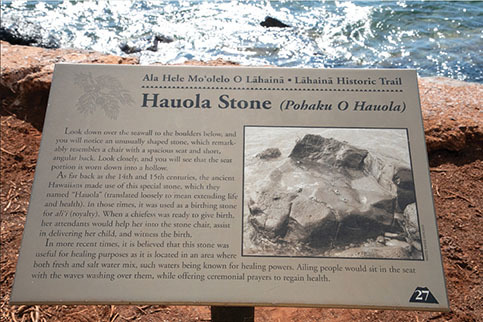
Strong leadership and communication skills from capable engineers are what keep everything moving forward, says Smith. "I never fully appreciated just how critical engineers are to disaster recovery until experiencing the Lahaina wildfire firsthand. Their expertise and collaboration have been essential in driving recovery efforts efficiently and effectively."
Smith adds, "We are committed—not just as professionals, but as a community—to seeing Maui through its recovery and rebuilding for the future."
Opportunities to Improve the Quality of Life
The Maui Recovers website serves as the official source for resources and rebuilding information, including a dashboard to provide updates on the progress of key projects. A long-term recovery plan was developed based on extensive community engagement with a focus on rebuilding to address climate resilience and sustainability, all while honoring the local culture. The website highlights the sentiment of a community survey participant, "Make it a community that residents and tourists can thrive in and be proud of, highlighting the Hawaiian culture from which it came—sharing Aloha always."
It is the policy of NSPE that engineered infrastructure support and enhance livable communities (Professional Policy No. 8). NSPE recognizes the benefits to public health, safety, and welfare when licensed professional engineers are engaged in creating, maintaining, and renewing infrastructure that enhances revitalization and economic competitiveness.
Providing housing for the wildfire survivors is a primary focus of rebuilding activities—both through temporary solutions and new construction. Infrastructure projects that directly support housing—such as wastewater line repairs, pump station rehabilitation, and water main repairs and expansions—will be critical components of this work. "Housing remains the most urgent need and will continue to be a priority for the next several years. Efforts are underway to support both individual home rebuilding and multifamily housing developments throughout the burn areas," says Smith.
A recovery advisory issued by FEMA in October 2024 offered fire safety recommendations for architects, engineers, installation professionals, and contractors. The recommendations seek to reduce the likelihood of ignition and structure-to-structure fire spread in single family homes during a wildfire where building setbacks and defensible space may be limited. Design professionals are advised to implement a multi-hazard approach with building design because Maui is subject to high winds, flooding, tsunami and seismic events.

The Maui OOR team will also partner with the State of Hawaii on critical improvements at Lahaina’s main harbor and in other areas that prioritize improving the quality of life for residents. The team and other stakeholders are optimistic about opportunities for valuable engagement. "This disaster has given us a chance to zoom out from the myopic context and partner with ecologists, and cultural practitioners," says Smith. "We have spent time listening to the community elders about what worked in the past and are collectively building solutions together. In some cases, we may even be able to [correct] past mistakes."
How Do We Prevent This from Happening Again?
Hawaii Attorney General Anne Lopez selected the Fire Safety Research Institute (FSRI) to assess the performance of state and county agencies in preparing for and responding to the wildfires. The FSRI has extensive experience researching fire dynamics, structure-to-structure fire spread, and near-miss firefighting incidents. The organization, led by Steve Kerber, Ph.D., P.E., provided three key reports, based on an extensive investigation, that offer actionable items that can be put into practice to advance fire safety.
The first report – the Lahaina Fire Report and Timeline – offers a minute by-minute timeline of the events that occurred prior to, during and immediately following the fire on August 8-9, 2023. This includes factors such as preparedness efforts, weather and its impact to infrastructure, and other fires that occurred on Maui. The second Incident Analysis Report provides information about the effectiveness of prevention and alerting efforts, conditions influencing the original fire situation, attempts to stop its rapid progression through Lahaina, and evacuation efforts.
The third report, Best Practices for Hawaii to Take Action Toward Prevention, may be the most critical piece of the FSRI analysis as it sought to answer, "how do we prevent this from happening again?" It identifies top priorities and actions for the state and counties to enhance wildfire readiness. The report also addresses the adoption of contemporary codes and standards, and the use of advancements in building materials and construction techniques, as crucial components of a community’s resilience in the face of wildfire. This insight could be helpful to other US localities that are at risk of experiencing a similar wildfire event.
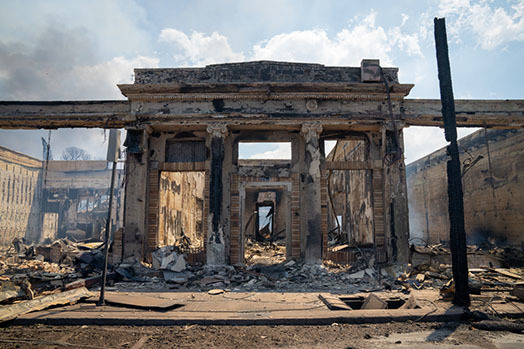
"Lessons learned" and opportunities for innovative best practices continue to unfold daily in Maui. One example involves preventing the runoff from ash debris from reaching nearby shore waters. This approach sets Maui County’s response apart by incorporating drone surveys to provide accurate, up-to-date mapping through photogrammetry and LiDAR, Smith explains, which will identify areas with the highest risk of downstream environmental impact. Maui engineering consultants led this effort alongside in-house PEs.
The engineering professionals involved in these projects understand that recovery will be a long and complex process. But there is optimism that this disaster presents a unique chance to improve Maui in ways never imagined.
"Our goal isn’t just to rebuild our physical infrastructure, but also to focus on the social aspects of engineering. We seek to create opportunities for everyone to collaborate on a better future and celebrate what makes our communities special," says Smith.


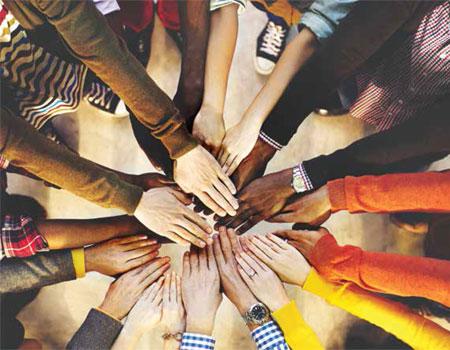 Volunteering at NSPE is a great opportunity to grow your professional network and connect with other leaders in the field.
Volunteering at NSPE is a great opportunity to grow your professional network and connect with other leaders in the field. The National Society of Professional Engineers (NSPE) encourages you to explore the resources to cast your vote on election day:
The National Society of Professional Engineers (NSPE) encourages you to explore the resources to cast your vote on election day:

